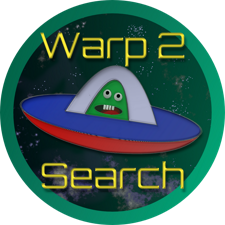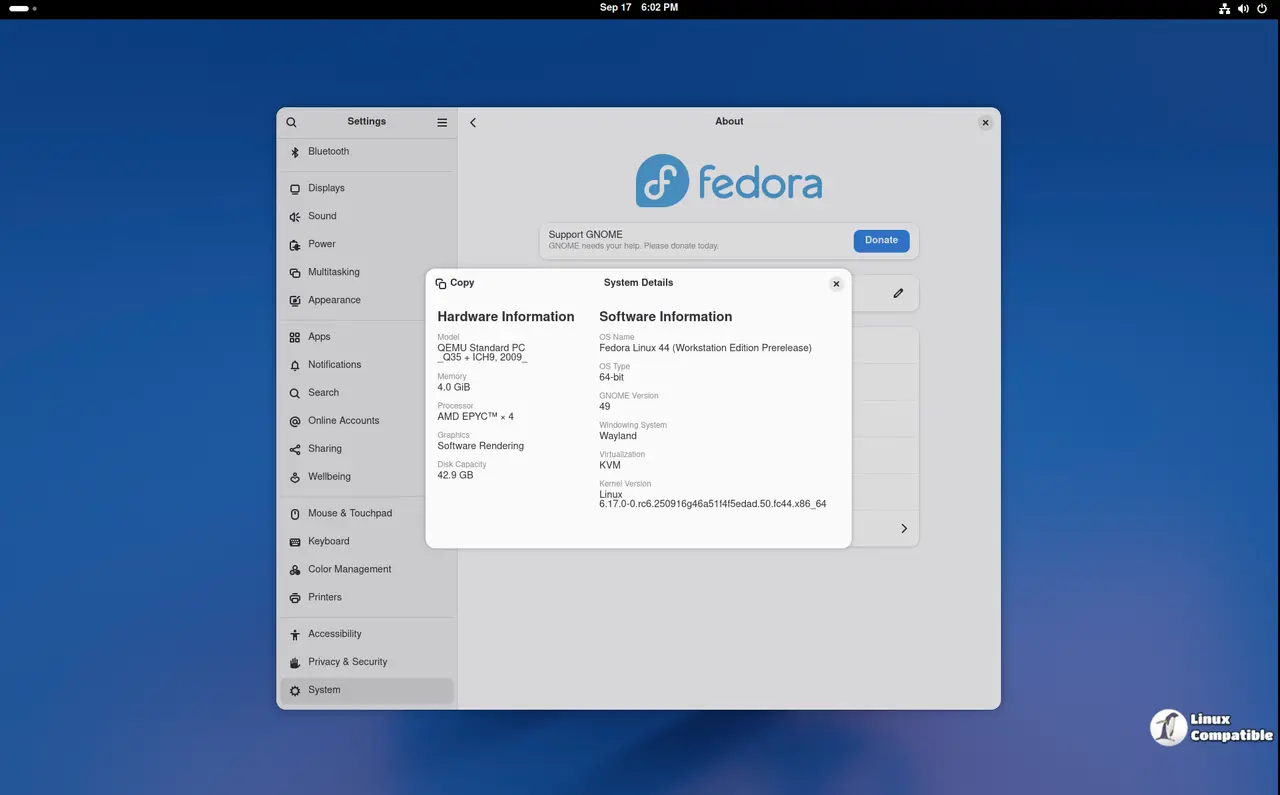The GNOME Project has officially launched GNOME 49, codenamed "Brescia," marking a significant update to the open-source desktop environment. This release enhances the user experience with a host of new features and improvements, including the introduction of Showtime, a modern video player that replaces the previous Totem application. Built on GTK 4 and Libadwaita, Showtime offers a distraction-free interface with features like adjustable playback speed, multiple audio and subtitle tracks, video rotation, and screenshot capabilities.
Another standout feature is the new document viewer, Papers, which has been modernized with a refreshed interface and improved performance. This application allows users to annotate PDFs seamlessly and is based on the original Evince code.
GNOME 49 also brings substantial updates to the Calendar application, enhancing its interface for better usability, allowing event exports as .ics files, and improving accessibility. The Web app has seen significant enhancements, including better ad blocking, site-specific menus, estimated reading times, and improved security, making browsing more user-friendly.
Additional improvements include HDR brightness controls for better display adjustments, media controls on the lock screen, and revamped Quick Settings featuring a Do Not Disturb toggle. The Maps app benefits from localized icons and interactive labels, improving user navigation.
Performance optimizations have been made, particularly in the Software app, which now uses less memory and speeds up app browsing and searching. Support for high-dynamic-range (HDR) displays has been added, along with vibrant new wallpapers designed to showcase this capability.
Furthermore, the GNOME Circle initiative has introduced two new applications—Mahjongg, a classic tile-based game, and Wordbook, a dictionary app utilizing WordNet and eSpeak—broadening the range of high-quality GNOME applications available.
GNOME 49 is set to be included in several distributions, including Fedora 43 and Ubuntu 25.10, allowing users to experience these new features. For more information, interested users can refer to the official release announcement.
To build on this, future updates could focus on integrating more cloud-based features, enhancing collaboration tools, and further refining user accessibility to cater to a wider audience. Additionally, the GNOME community may explore the development of more lightweight applications aimed at optimizing performance on low-resource systems, ensuring that GNOME remains a versatile choice for diverse computing environments
Another standout feature is the new document viewer, Papers, which has been modernized with a refreshed interface and improved performance. This application allows users to annotate PDFs seamlessly and is based on the original Evince code.
GNOME 49 also brings substantial updates to the Calendar application, enhancing its interface for better usability, allowing event exports as .ics files, and improving accessibility. The Web app has seen significant enhancements, including better ad blocking, site-specific menus, estimated reading times, and improved security, making browsing more user-friendly.
Additional improvements include HDR brightness controls for better display adjustments, media controls on the lock screen, and revamped Quick Settings featuring a Do Not Disturb toggle. The Maps app benefits from localized icons and interactive labels, improving user navigation.
Performance optimizations have been made, particularly in the Software app, which now uses less memory and speeds up app browsing and searching. Support for high-dynamic-range (HDR) displays has been added, along with vibrant new wallpapers designed to showcase this capability.
Furthermore, the GNOME Circle initiative has introduced two new applications—Mahjongg, a classic tile-based game, and Wordbook, a dictionary app utilizing WordNet and eSpeak—broadening the range of high-quality GNOME applications available.
GNOME 49 is set to be included in several distributions, including Fedora 43 and Ubuntu 25.10, allowing users to experience these new features. For more information, interested users can refer to the official release announcement.
To build on this, future updates could focus on integrating more cloud-based features, enhancing collaboration tools, and further refining user accessibility to cater to a wider audience. Additionally, the GNOME community may explore the development of more lightweight applications aimed at optimizing performance on low-resource systems, ensuring that GNOME remains a versatile choice for diverse computing environments
GNOME 49 released
The GNOME Project has released GNOME 49 "Brescia", a major update that brings numerous enhancements to the open-source desktop environment. Key additions include a new Video Player (Showtime) and Document Viewer (Papers), which offer improved performance, modernized interfaces, and essential features such as adjustable playback speed and PDF annotation. Other notable improvements include enhanced Calendar functionality, better ad blocking in the Web app, and support for HDR displays with vibrant new wallpapers.


